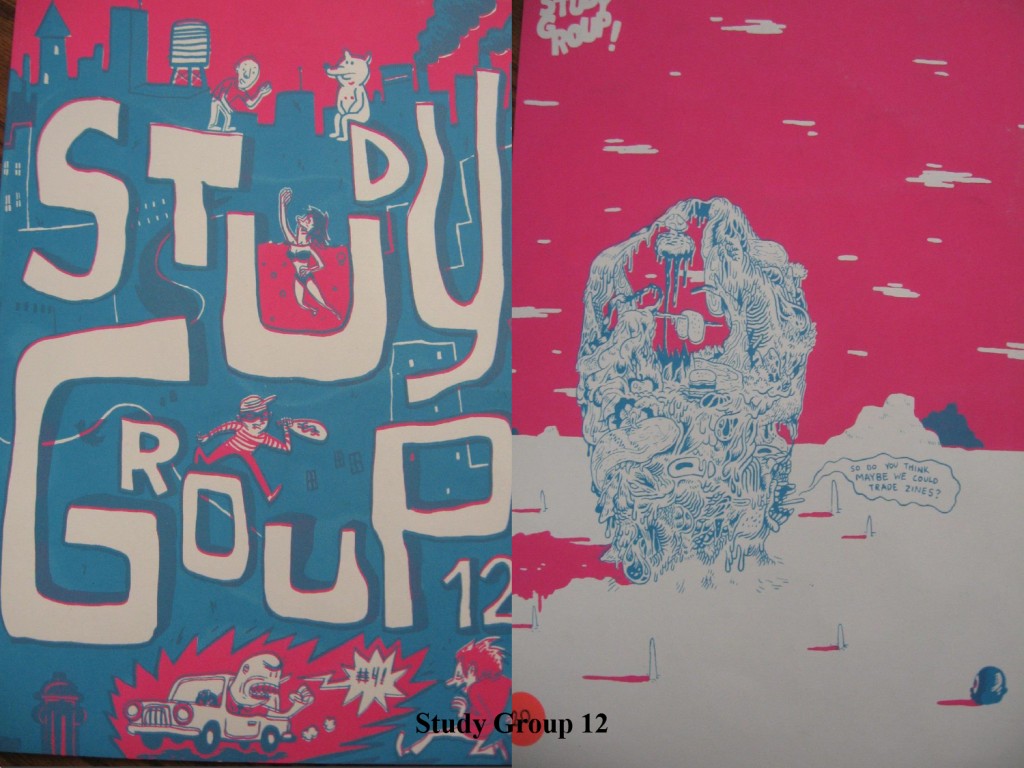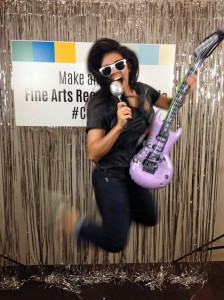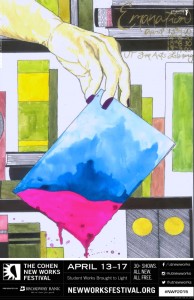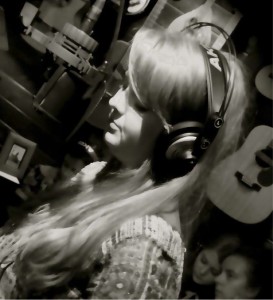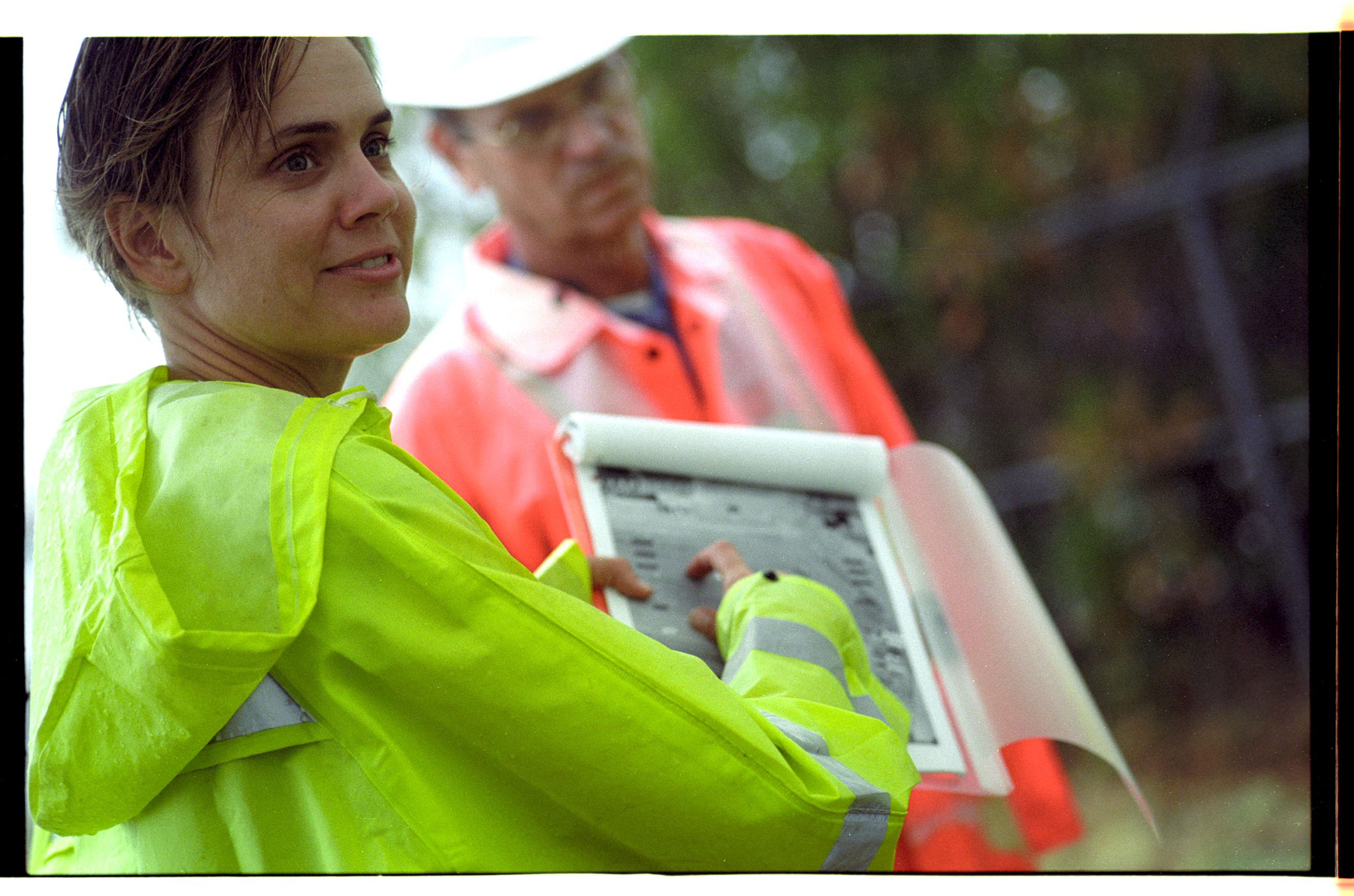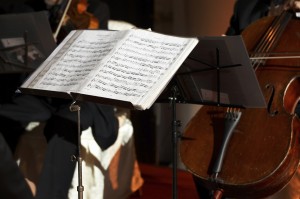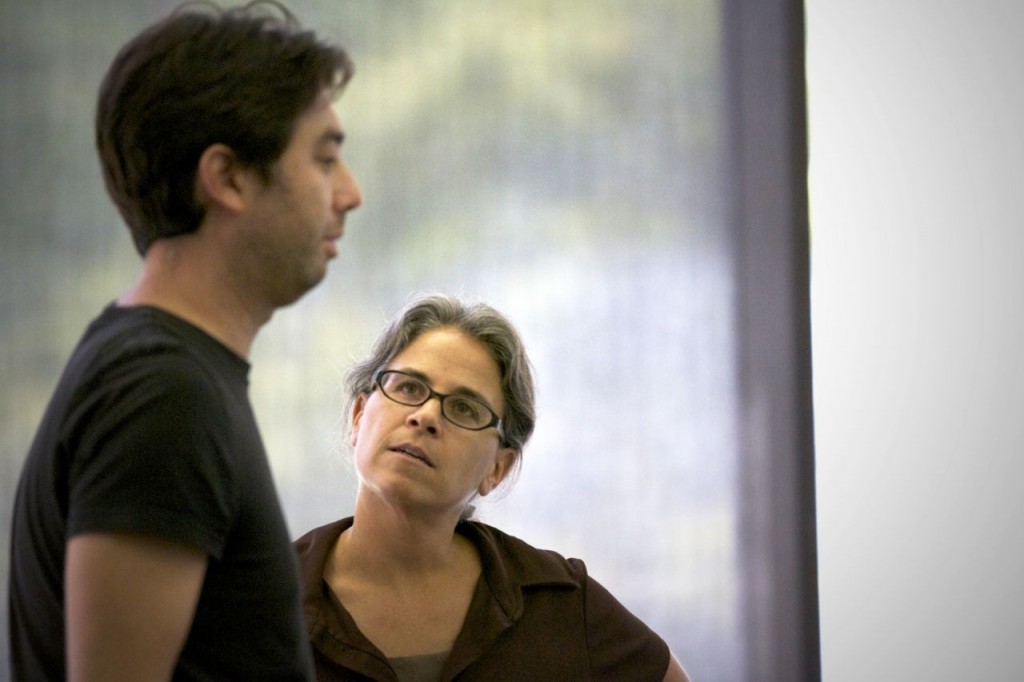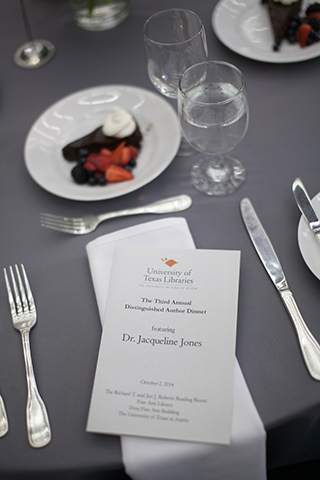“Zines are not a new idea. They have been around under different names (ChapBooks, Pamphlets, Flyers). People with independent ideas have been getting their word out since there were printing presses.” ― Mark Todd, Whatcha Mean, What’s a Zine?
As institutions traditionally charged with gathering and providing access to the broadest range of information, libraries have in large part transitioned their focus from the physical to the digital realm of resources. But there are pockets of attention that remain fixed on collecting those materials that hold significantly greater value in a corporeal state.
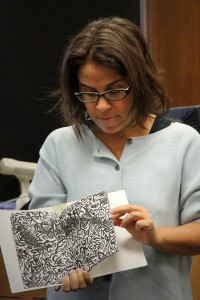 In 2010, Fine Arts Library (FAL) Head Librarian Laura Schwartz joined a fledgling movement of librarians across the country in establishing a collection of DIY pamphlets, popularly known as “zines.”
In 2010, Fine Arts Library (FAL) Head Librarian Laura Schwartz joined a fledgling movement of librarians across the country in establishing a collection of DIY pamphlets, popularly known as “zines.”
Zines — short for “fanzines” — take a variety of forms, but are generally self-published and noncommercial, homemade or online publications often devoted to specialized or unconventional subject matter. Traditionally, zines have been published in small runs — less than 1000 copies — and most are produced on photocopiers or by other, more economical means.
At a time when virtually anyone with access to the web can reach an audience, the idea that your local Kinko’s still has the patronage of a subculture of the most indie of independent publishers seems almost absurd.
And yet, the niche market continues to thrive, and has even seen a degree of proliferation, especially in the area of social justice, an association which would no doubt have pleased Thomas Paine.
Schwartz is determined about her motivation to build the collection. “This is a form of art,” she says. “Museums or galleries do not typically collect this format, so it is incumbent upon libraries to do so.”
“Libraries have a history of collecting ephemeral and personal materials,” says Schwartz. “That is the essence of archives. Libraries are capturing a slice of history and culture of a particular time period by collecting zines.”
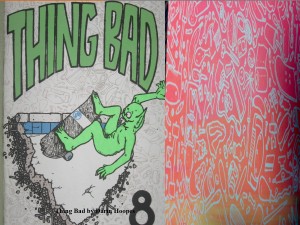 The FAL’s zine collection currently maintains over 200 items of state, regional and national origin, and recent donations will potentially double the size of the resource. The content of the materials covers a range of subjects including art, photography, music, skateboarding and Texas culture.
The FAL’s zine collection currently maintains over 200 items of state, regional and national origin, and recent donations will potentially double the size of the resource. The content of the materials covers a range of subjects including art, photography, music, skateboarding and Texas culture.
Schwartz was fortunate at the time of the collection’s inception to have a ready resource for development in the form of the manager of a specialized local bookstore, Russell Etchen of Domy Books. Being an artist and autodidact in zine history — as well as a curator/manager for the shop/gallery — Etchen had an informed perspective on the significance of the genre, and offered his insights as a service to preserving the form.
“Laura had an innate sense for what would and wouldn’t work when she started building the collection,” says Etchen. “We would walk through the store together a couple times a year, and I would share the works that I felt, at the time, were most deserving of preservation.”
“When it comes to the underground, there are no ‘right zines’,” says Etchen. “There is a very decentralized history behind self-publishing and generally we chose works that I felt had a unique history behind them or ahead of them.” Continue reading The Copier as Canvas

